J.D. Crawford

|
 Posted: Sun 08 Mar, 2020 4:30 pm Post subject: Mateusz Sulowski type XVIII Castillon Sword Posted: Sun 08 Mar, 2020 4:30 pm Post subject: Mateusz Sulowski type XVIII Castillon Sword |
 |
|
Background
Medieval Sword fans are well aware of what might be called Ďthe mother loadí: a large group of swords found in the Dordogne River near Castillon-la-Battaille, i.e., the site of the last battle of the hundred years war (1453). Its thought, from their found distribution, that they may been boxed up and fell off an English transport barge. This find consisted of a series of typical 15th century swords: types XV, XVIII, XVa. Some of these subgroups were very similar, like Ďpeas in a podí as Oakeshott might have said.
Hereís a myArmoury thread on these swords I donít need to repeat: https://myArmoury.com/talk/viewtopic.php?t=7616
Iím generally a fan of earlier high medieval fullered swords, but one subgroup of this find consisted of shortish, very wide-bladed swords that appeal to me. There are several modern versions and (besides the ultimate Peter Johnson version) I have been especially impressed by versions produced by Mateusz Sulowski. Iíve been on the look out for one of these, so when a pre-owned one came up at KoH, I grabbed it.
Overview
Mateusz Sulowski is one of a new generation of Polish sword smiths who has made a big splash in the past years. I would describe him as being from that Peter Johnson school: he does simple, but highly refined, historically accurate creations of Medieval European swords. This one (as you can see below) is an Oakeshott type XVIII, a typical cut-and-thrust design popular in the later Medieval period. It has particularly wide blade (with a type 8 cross and type J1 pommel) that tapers to a nasty point. For perspective, Iíve included a picture of it next to the more famous Albion Sovereign (an XIV with a similar profile but slightly shorter, flatter, fullered blade).
This sword had gone through some changes from its original finish (see first picture from Mateuszí web site). The original owner was a cutler who preferred a thinner grip (second picture). I knew I would want a thicker grip to handle a sword of this size, so I had it sent to Valiant armoury for a new grip and scabbard. Zach did a wonderful job on both, as you can see in the pictures that follow.
Statistics
First from http://sulowskiswords.com/bez-kategorii/type-xviii-castillon-2/ (I donít think these have changed):
total length: 92cm
blade length: 75,5cm
Blade width at the base: 71 mm
Blade thickness on the base 6mm
weight: 1540g
balance: 12cm
grip length: 9,5cm
hardness: 54HRC
edges: sharp
My Additional Observations:
Optimal striking point (distal harmonic node): ~25cm from tip
Proximal harmonic node: near pommel
Forward pivot point: ~20cm from tip
Cross section: flattened diamond
Distal taper of central ridge: ~6mm at base, non-linear retaining most thickness, narrowing to ~3mm near tip.
Edge: a significant bevel.
Fit and Finish
Here the sword excels. Itís all righty-tighty, and rings like a bell. All the lines are super clean, symmetric, and sharp. Details...the peen is left visible but has been filed and polished to a pleasant shape. Mateusz has not included the extended decorative ecusson seen on some of these swords. The overall sword polish is satin. Overall, itís comparable to the best Iíve had from the top North American smiths. I canít say about the original grip, but it looked nice in the pictures, and like I said, Valiant has done a good job. Its not a new sword but is in perfect shape other than super fine scratches that are barely visible and a tiny bit of gook on the pommel (maybe from the new grip) which I removed.
BTW, I havenít put anything in the pommel recess yet, but Iím thinking of a couple of Onyx Carbochols I got off Etsy, shown in one picture below. What do you think?
Handling
This is a bit of a challenge. The sword weighs 3.4 pounds. Think about it. Thatís almost as much as my biggest warswords, but they are much longer and move with a smooth flowing motion. This one is more of a brutal chopper and stabber. It does fine with that, but when I try to put it through historical fencing drills itís a challenge. Itís not that I canít get it moving, but it likes to keep going and ends up hurting my thumb tendons and wrist. This is annoying from what otherwise is a fantastic sword. At least some of this is related to the weight: Its almost half a pound more than the A&A French medieval sword I reviewed here, which has pleasant handling characteristics. The difference is the additional width, thickness from the ridge to the beveled edge (which apparently can be historically accurate for swords of this type, likely to give a stouter edge against armour). There may be other factors. The pivot point is not ideal for thrusting, although thatís a compromise with cutting ability. The proximal harmonic node is also not ideal, but this does not matter much for striking because this sword is highly resistant to vibrations. Indeed, to figure out the distal harmonic node I had to grip it at different positions, strike it and listen for the loudest ring. There was almost no visible wobble.
From what I know, most or all the originals were hollow ground (like the Johnson version), which would remove some of that weight. However, Mateusz says the original weighed even more. If so, I must conclude the owner/operator had a heavier, strong wrist and hand than me, and wanted a tough, heavy sword to beat down his well armored opponents.
Conclusions
Despite the handling challenges I mentioned above, I really like this sword. Its elegant and brutal at the same time. Mateusz clearly excels at his craft, and one can find a variety of medieval swords of various weights and sizes on his website. Heís not taking orders now, so if you get a chance, I suggest you grab one. But maybe a lighter one, if its an arming sword. 😊
 Attachment: 139.06 KB Attachment: 139.06 KB

 Attachment: 112.45 KB Attachment: 112.45 KB
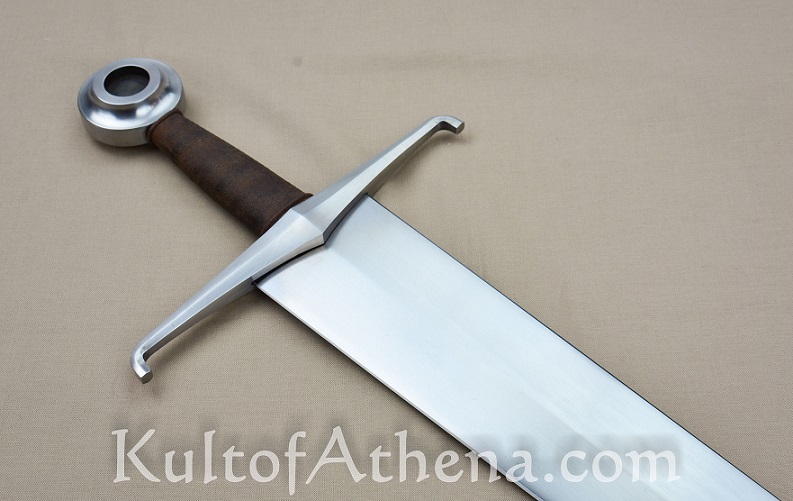
 Attachment: 168.78 KB Attachment: 168.78 KB
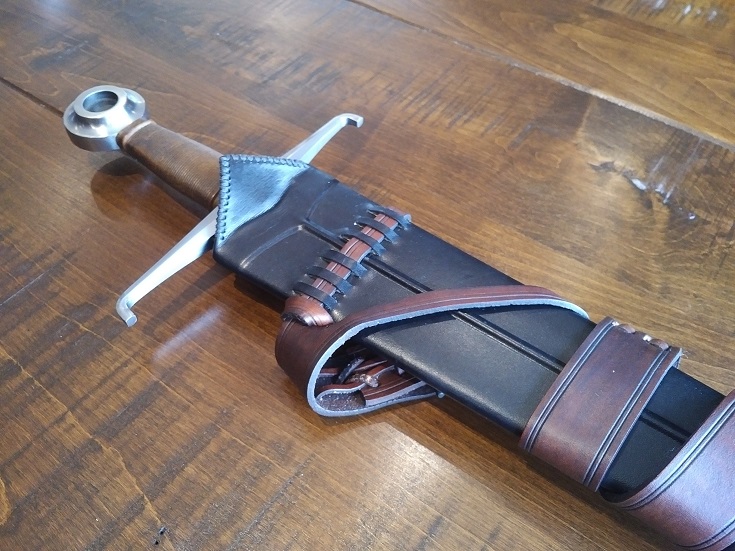
 Attachment: 191.05 KB Attachment: 191.05 KB
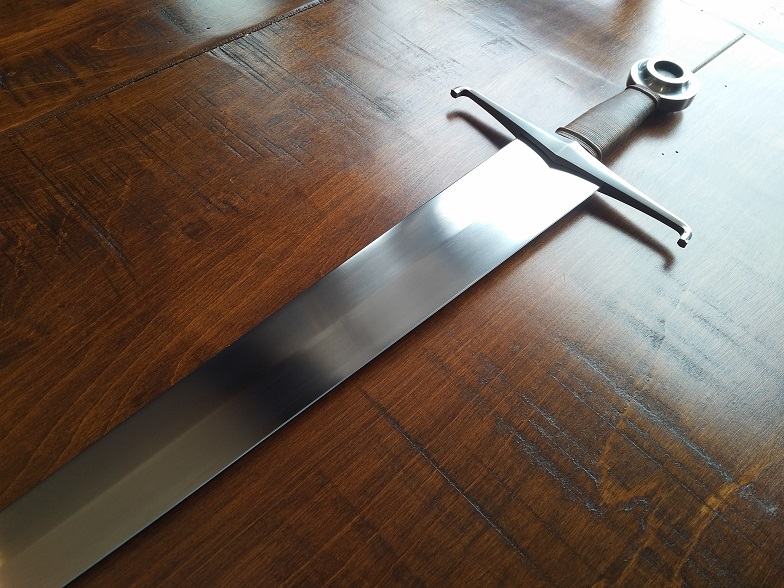
 Attachment: 188.35 KB Attachment: 188.35 KB
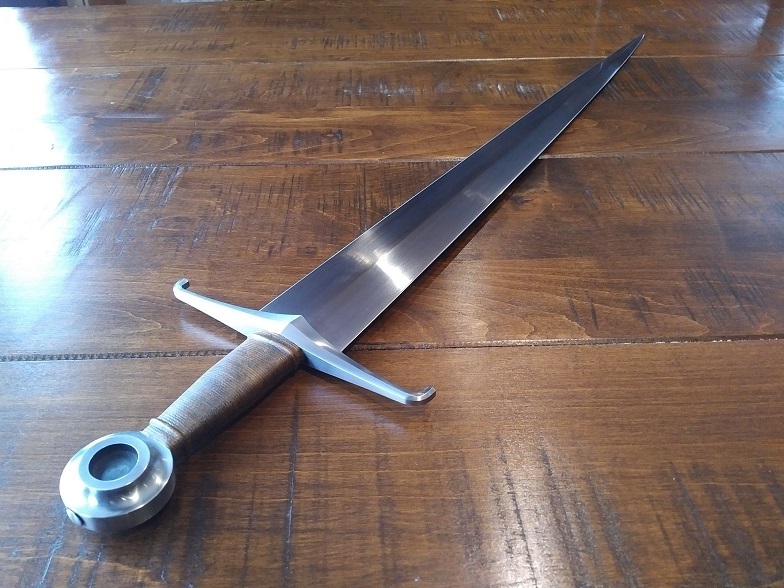
 Attachment: 163.31 KB Attachment: 163.31 KB
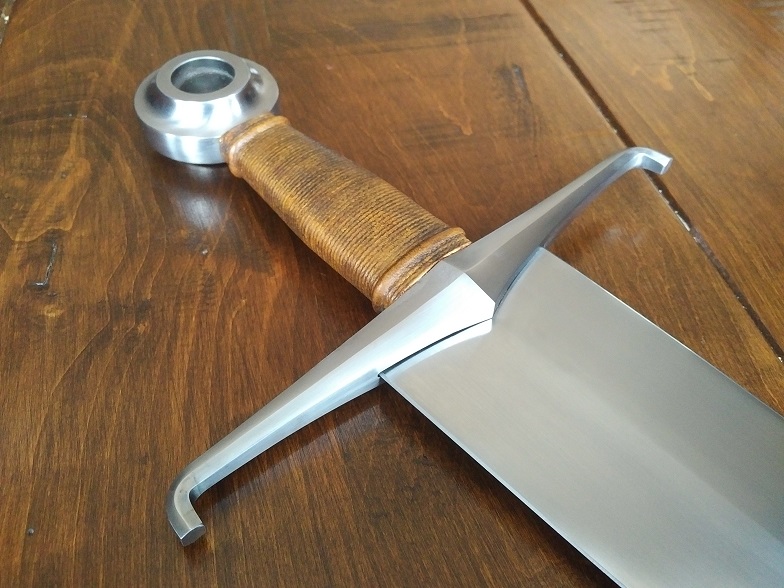
 Attachment: 243.43 KB Attachment: 243.43 KB

 Attachment: 153.59 KB Attachment: 153.59 KB
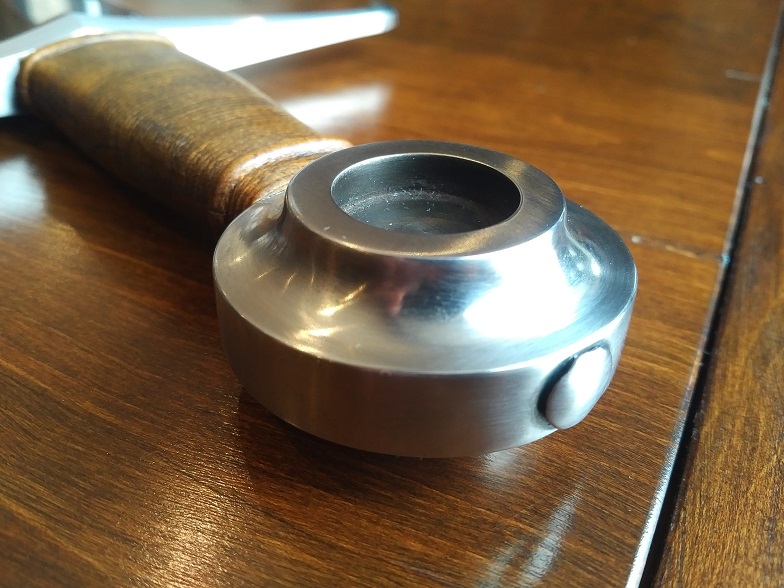
 Attachment: 167.31 KB Attachment: 167.31 KB
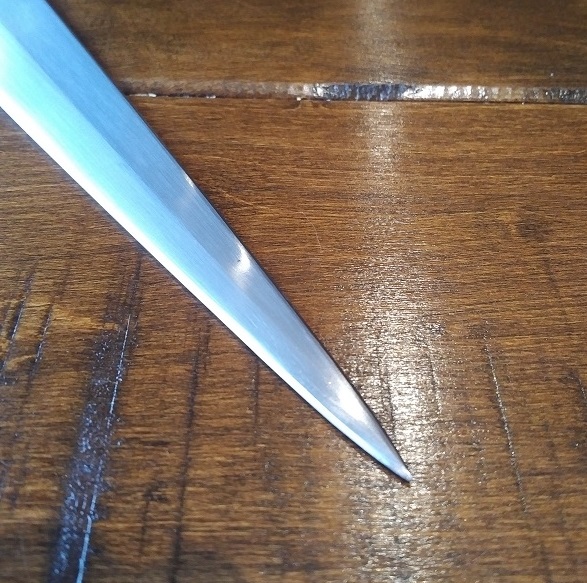
 Attachment: 165.47 KB Attachment: 165.47 KB
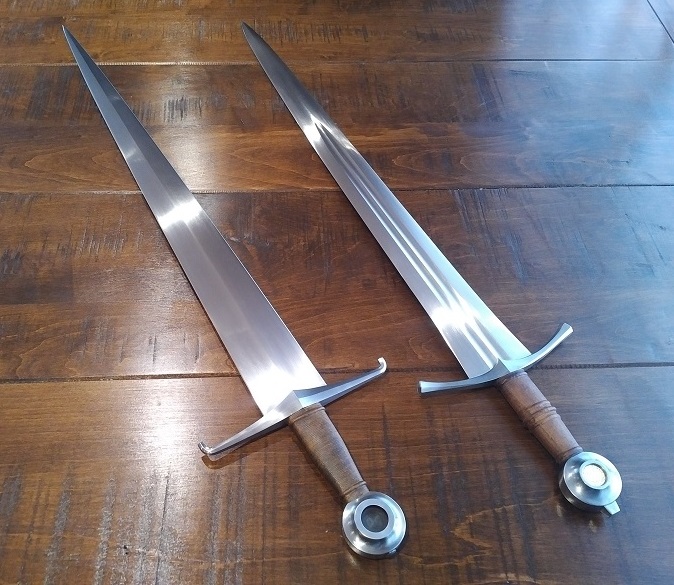
|
|

